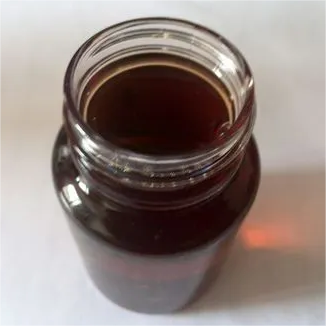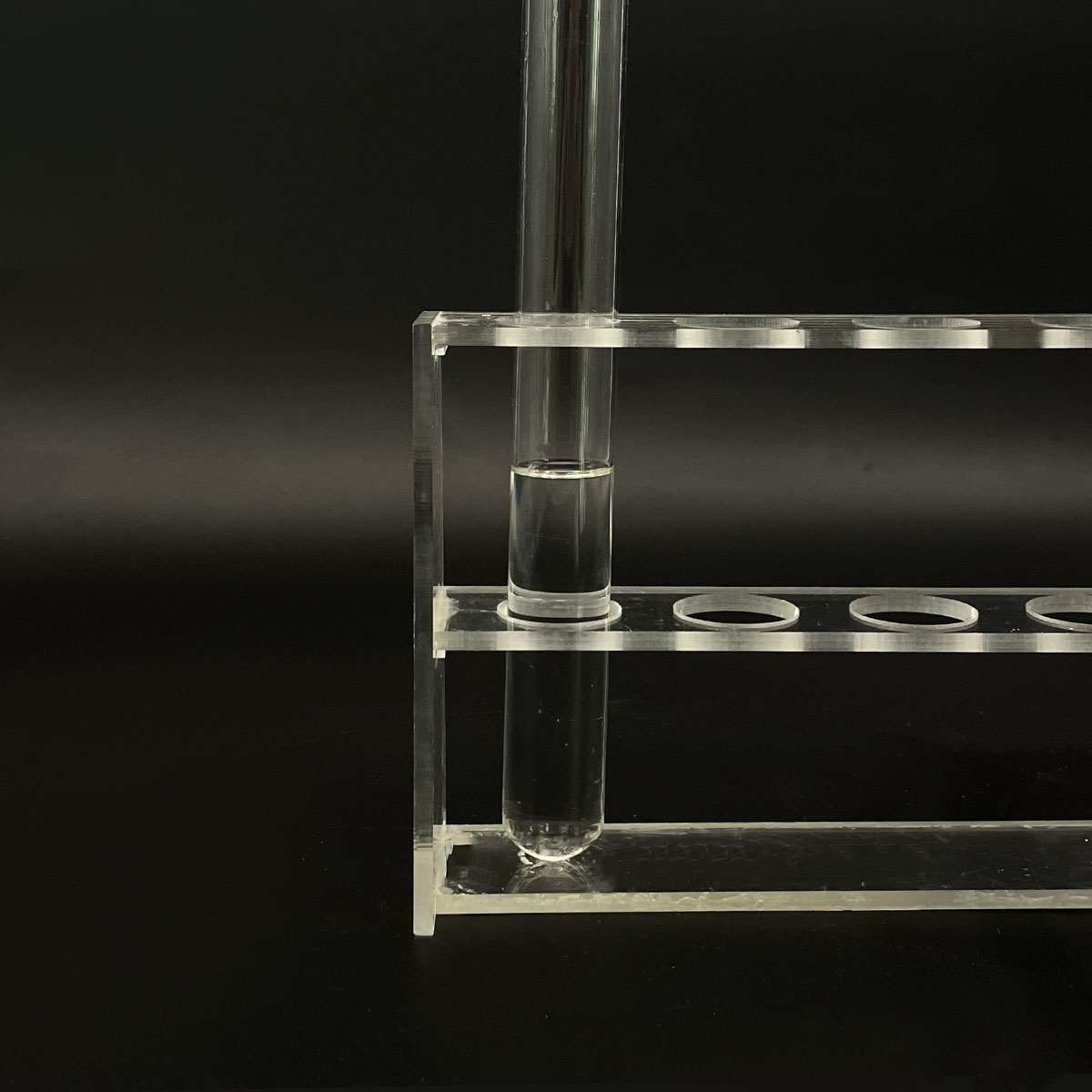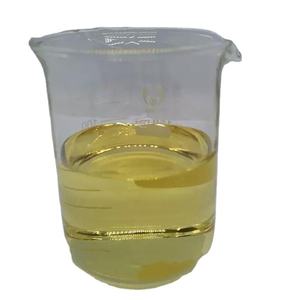1. Introduction
Just 24 hours ago, Rohit Surfactants Private Limited announced a major expansion into eco-friendly surfactant production, spotlighting growing consumer demand for safer, biodegradable alternatives to traditional ingredients like sodium lauryl sulfate. This news underscores a global shift in how we think about everyday chemicals—and why understanding what’s in your shampoo, detergent, or even weed killer matters more than ever.

If you’ve ever read a product label and seen ‘sodium lauryl sulfate’ (often abbreviated as SLS) or its cousin ‘sodium laureth sulfate,’ you’re not alone. These surfactants are everywhere—but what exactly are they? And should you be concerned? Let’s break it all down in plain English.
2. What Is Sodium Lauryl Sulfate?
Sodium lauryl sulfate—also known as sodium dodecyl sulfate (SDS)—is a powerful anionic surfactant. The meaning of surfactant? It’s a compound that lowers surface tension between liquids or between a liquid and a solid, helping things mix, foam, or spread more easily. SLS is derived from lauryl alcohol (often sourced from coconut or palm kernel oil) and is prized for its strong cleansing and foaming abilities.
You’ll find it in everything from toothpaste and shampoos to industrial cleaners. It’s sometimes labeled as sls sodium lauryl sulfate, na lauryl sulfate, or even natrium lauryl sulfate in international markets. Despite its effectiveness, SLS has drawn scrutiny for potential skin irritation, especially in sensitive individuals.
3. How SLS Compares to Other Common Surfactants
Not all surfactants are created equal. They fall into four main categories: anionic, cationic, non-ionic, and amphoteric. SLS is anionic, meaning it carries a negative charge in water. Other anionic surfactants include sodium laureth sulfate (also called sodium lauryl ether sulfate or sodium lauryl ether sulphate), ammonium lauryl sulfate, and sodium dodecylbenzene sulfonate.
In contrast, cationic surfactants like cetyl trimethyl ammonium bromide (CTAB) or cetyltrimethylammonium bromide carry a positive charge and are often used as conditioners or antimicrobials. Non-ionic surfactants—such as polysorbate 80, Span80, Pluronic 127, and ethoxylated alcohols—don’t carry a charge and are gentler, making them ideal for herbicides and lawn wetting agents.
Amphoteric surfactants, like cocamidopropyl betaine (also called coco betaine, amidopropyl betaine, or coco amido propyl betaine), can switch charges depending on pH. They’re milder and commonly paired with SLS to reduce irritation in personal care products.

4. Why SLS Is Used (and Where You’ll Find It)
SLS is cheap, effective, and creates that satisfying lather people associate with cleanliness. That’s why it’s used in:
- Shampoos and body washes (often alongside sodium laureth or laureth sulphate)
- Toothpastes (for foaming and cleaning)
- Industrial degreasers
- Surfactant for herbicides and weed killer formulations (though non-ionic types like alkyl polyglucoside are preferred for environmental safety)
- Wetting agents for grass and lawn care (though lignin sulfonate or bio surfactants are increasingly common)
Interestingly, sodium lauryl ether sulphate in shampoo is often confused with SLS—but it’s actually a different, slightly milder molecule. Still, both are anionic surfactants and can cause sensitivity in some users.
5. Safer and Gentler Alternatives
Thanks to rising eco-consciousness and skin-sensitivity concerns, many brands now use alternatives to SLS. Popular options include:
- Decyl glucoside and coco glucoside (non-ionic, derived from sugar and coconut)
- Sodium cocoyl isethionate and sodium lauroyl methyl isethionate (ultra-mild, used in ‘syndet’ bars)
- Sodium coco sulfate (a blend often marketed as ‘SLS-free’ but still anionic)
- Sodium cocoyl glutamate and sodium lauroyl sarcosinate (gentle amino-acid-based surfactants)
- Bio surfactants like rhamnolipids or sophorolipids (fully biodegradable and low-toxicity)

These alternatives are especially common in ‘clean beauty’ products and baby care items, where minimizing irritation is key.
6. Safety, Myths, and Misconceptions
Despite viral claims online, SLS is not carcinogenic. Regulatory bodies like the FDA and EU Commission consider it safe at typical use levels. However, it can be drying or irritating—especially at high concentrations or with prolonged skin contact.
It’s also worth noting that SLS is different from sodium deoxycholate, sodium oleate, or copper 1 bromide—none of which are used as primary surfactants in consumer products. And while methylated seed oil is sometimes added to herbicide surfactant blends, it’s not a surfactant itself.
For those seeking sodium lauryl sulfate for sale, it’s widely available—but always check purity and intended use. Industrial-grade SLS isn’t suitable for cosmetics.
7. The Future of Surfactants
The surfactant industry is evolving fast. Companies like Rohit Surfactants Private Limited are investing in sustainable production, while researchers explore fluoro surfactants for specialty uses and poloxamer 188 for biomedical applications. Meanwhile, demand grows for nonionic surfactant options that work well in hard water and degrade cleanly in the environment.
Whether you’re formulating a new shampoo, choosing a gentle face wash, or mixing a DIY weed killer, understanding the difference between anionic, cationic, and amphoteric surfactants helps you make smarter choices.
Conclusion
Sodium lauryl sulfate remains one of the most effective and widely used surfactants—but it’s not the only option. With gentler, eco-friendly alternatives like alkyl polyglucoside, cocamidopropyl betaine, and decyl glucoside gaining traction, consumers now have more control over what touches their skin and enters the environment. Stay informed, read labels, and remember: not all sulfates are created equal.
Our Website founded on October 17, 2012, is a high-tech enterprise committed to the research and development, production, processing, sales and technical services of ceramic relative materials such as 7. Our products includes but not limited to Boron Carbide Ceramic Products, Boron Nitride Ceramic Products, Silicon Carbide Ceramic Products, Silicon Nitride Ceramic Products, Zirconium Dioxide Ceramic Products, etc. If you are interested, please feel free to contact us.


